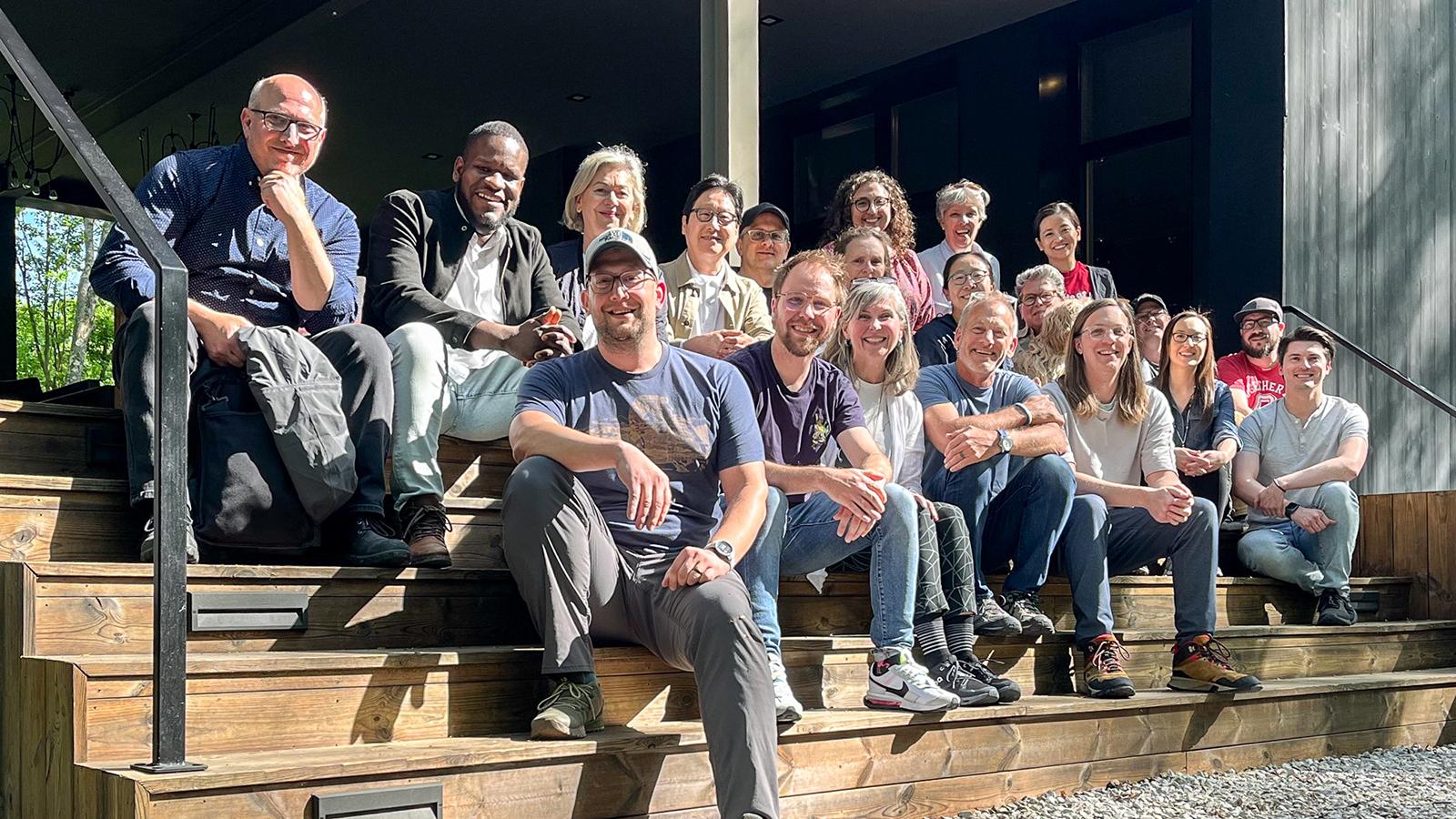
Designing the Future, Together
Since 1968, the Department of Design at The Ohio State University has educated more than 3,000 students—from across Ohio and around the world—through a curriculum rooted in innovation, collaboration, and social impact. As a proud public land-grant university, we are committed to serving society through design education that is both accessible and transformative.
Inspired by the influential principles of the Hochschule für Gestaltung Ulm, our program has long emphasized design’s societal dimension—challenging students to address "urgent, unresolved problems" through thoughtful, human-centered solutions. This legacy continues to shape our approach: design is not only about technology and aesthetics, but also about responsibility, empathy, and action.
Today, Ohio State Design is a vibrant community of educators, researchers, practitioners, and makers who believe in learning by doing and learning by collaborating. Our students engage in hands-on projects that span disciplines and industries, creating immersive environments, digital experiences, sustainable products, and meaningful spaces that improve lives and inspire change.
Located within the College of Arts and Sciences, our department offers rich opportunities for interdisciplinary learning and team-based collaboration. Students develop not only technical expertise, but also the social and leadership skills needed to thrive in a rapidly evolving world.
Connect with industry leaders. Create with purpose. Shape the future. Be the designer who makes a difference.
Ambition
- Achieve national and international distinction for educating the future generations to design experiences, environments, objects, services, and systems that impact society in positive and sustainable ways;
- advance the field of design research;
- align with The Ohio State university’s land-grant mission and its motto of “education for citizenship”;
- ensure the academic success of our students;
- support the well-being and professional growth of our faculty and staff.
Shared values
The Department of Design embraces the university’s commitment to an ethical culture that affirms our shared values:
- excellence and impact;
- diversity and innovation;
- inclusion and equity;
- care and compassion;
- integrity and respect.
Mission
- Prepare students to play key roles in the future of design practice and research
- Create critical design-related knowledge
- Advance interdisciplinary collaboration
- Encourage open-minded exploration, risk-taking, and freedom of expression
- Embrace an ecological perspective
- Serve the social good.
Context
The Department of Design is in the College of Arts and Sciences at The Ohio State University, in Columbus, Ohio, USA.
Accreditation
The Department's degree programs are accredited by the National Association of Schools of Art and Design (NASAD) and the Interior Design major program is accredited separately by the Council for Interior Design Accreditation (CIDA).
Land Acknowledgment
A commission was recently created to draft a new, university-wide land acknowledgment. In the meantime, we will use the Newark Earthworks discussion of land acknowledgments.

